How Stakeholders, Aviators and the Industry Stand on the Boeing 737 MAX

Mentioning the Boeing 737 MAX can stir emotions among frequent flyers, as it is closely associated with two fatal accidents and a worldwide grounding that’s taken over one year to recover. As the public comment phase on the Federal Aviation Administration’s Airworthiness Directive for the aircraft comes to an end, FlyerTalk investigates ten statements made by prominent aviation groups to understand where they stand on re-certifying the aircraft for consumer travel once more.
Talking about the Boeing 737 MAX is a contentious topic among frequent flyers. Numerous threads on the FlyerTalk forums discuss everything from the grounding of the aircraft after two fatal accidents killed 346 people, to how (and if) the “goodwill policy” will be implemented once the aircraft is recertified.
With American Airlines preparing to re-train their pilots on operating the “improved” aircraft, it’s only a matter of time before the 737 MAX is reintroduced into commercial fleets. The Federal Aviation Administration (FAA) has put forward a new Airworthiness Directive for the troubled airframe, which collected over 200 comments. While many of the comments were submitted by individuals rallying against the re-certification, a group of unions, stakeholders, and aviation agencies each submitted their opinions about seeing the aircraft carry passengers once more.
Now that the public comment phase is closed, FlyerTalk reviewed ten statements from organizations including the Air Line Pilots Association, International, Airlines for America, the National Transportation Safety Board and Travelers United, to understand where the aviation industry stands. While most of the comments were technical in nature, there was a clear dividing line between those who believe the 737 MAX is ready to fly again, and those demanding a complete review of the aircraft from top to bottom.

Executives from Boeing and Thailand’s Lion Air cut a ceremonial ribbon signifying the airline’s first delivery of a Boeing 737 MAX. Photo courtesy: Boeing
British Airline Pilots Association and Families of ET302 Concerned About 737 MAX Recertification
The loudest voices opposing the recertification of the 737 MAX were the British Air Line Pilots Association (BALPA) and the families affected by the crash of Ethiopian Airlines Flight 302. Both groups want the FAA to take a closer look at the processes involved with operating the aircraft.
For BALPA, the pilots union notes there are still several questions about the proposed design changes in the Airworthiness Directive. These concerns range from the use of only two Angle of Attack sensors, to issues surrounding the larger LEAP-1B engines used on the aircraft. They argue that the Angle of Attack gauge should not be an optional add-on, but rather a no-cost addition as it would “help enhance pilot awareness.”
But their biggest complaint is around Boeing’s use of the Maneuvering Characteristics Augmentation System (MCAS) introduced with the 737 MAX. Instead of implementing design changes to ensure safe operations, the union accuses the manufacturer of using software to fix what ultimately became a fatal flaw.
“It is also felt that fundamental aircraft flying or handling quality deficiencies should not be masked by flight control augmentation systems but instead should require aerodynamic re-design from the outset, wherever possible,” BALPA writes in their response. “Above all, the piloting community needs to be able to trust regulatory authorities to act independently, thoroughly and to robustly enforce their regulations so that commercially driven decisions cannot be allowed to adversely impact safety again.”
Those sentiments are shared by both the Aerospace Safety Research Institute and the families of the Ethiopian Flight 302 victims. In a letter submitted by Michael Stumo – who previously testified before the Senate Transportation Committee on the 737 MAX – the families note Boeing’s recent allegations of loose quality control and accuse both the Chicago-based aerospace company and the FAA of not doing a thorough aerodynamic evaluation of the aircraft.
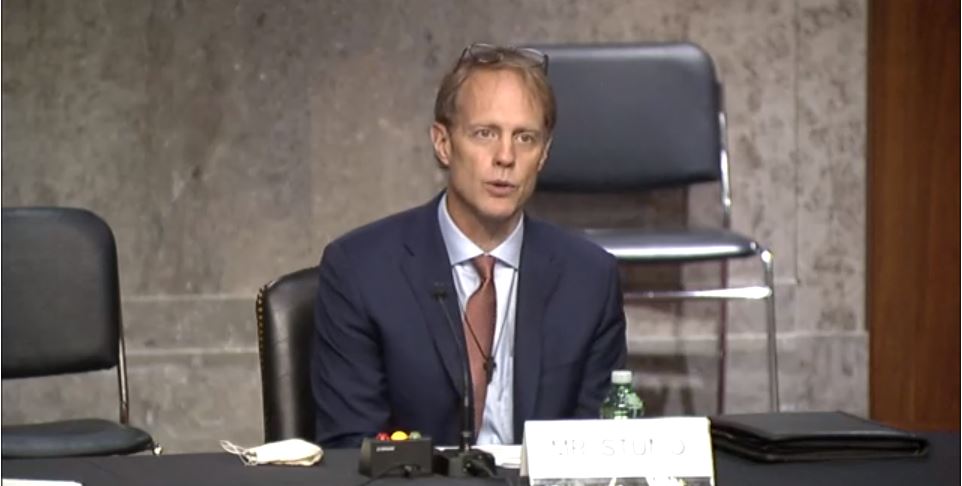
Michael Stumo, father of Samya Rose Stumo, who died aboard Ethiopian Airlines Flight 302, testifies before the U.S. Senate Transportation Committee on the issues surrounding the Boeing 737 MAX. Photo courtesy: U.S. Senate Committee on Commerce, Science and Transportation.
“Boeing repeatedly misled the FAA about the safety of the 737 MAX, and it never should have been allowed to fly in its original state,” the letter reads. “The modifications proposed by the FAA fail to inspire confidence that the revised 737 MAX airplane will be safe. To the contrary, the proposed AD makes clear that the FAA is focused primarily on helping Boeing get the 737 MAX back in the air rather than on ensuring the safety of the airplane.”
Quality control was also of concern to the Association of Flight Attendants-CWA. In their statement, the labor union noted the incidents involving the 737 MAX were similar to the 787 Dreamliner battery fires of 2013, leading the organization to call for the FAA to reconsider the Organization Designation Authorization (ODA)
program and work with international partners in the certification of aircraft.
“AFA has previously expressed concern with serious flaws in the FAA certification process,” the group wrote in their response. “In fact, the 737 MAX program is not the first recent Boeing aircraft to face intense scrutiny of its design certification process following a safety-related incident.”
The Aerospace Safety Research Institute offered a more summarized statement, saying an un-commanded high pitch up could result in an engine flaming out or stalling, resulting in asymmetrical power which could result in a crash. Although aircraft are often designed to fly with one engine in an emergency, the Aerospace Safety Research Institute is concerned about how the aerodynamic design could contribute to a catastrophic event.
“Unfortunately in the past two years Boeing and the FAA failed to address and remedy, correct to prevent a dangerous and potentially deadly catastrophic nose pitch-up,” the statement reads. “And the Boeing 737 MAX does not meet federal statutory and lawful means for return to safe flight.”
NTSB, ALPA and Airlines for America Focus on Technical Notes Toward Recertification
While there is very vocal opposition to the recertification of the 737 MAX, three of the most important names in American commercial aviation did not offer opinions, but rather focused on technical notes related to the process. The National Transportation Safety Board, which was involved in the investigations of Lion Air Flight 610 and Ethiopian Airlines Flight 302, asked the FAA to carefully consider the safety notes they provided after the aircraft grounding.

MAX-7 Paint Hangar Rollout for Employee Rollout Ceremony
“We note that the FAA’s actions, as they relate specifically to the MCAS, are positive progress on meeting the intent of the overall recommendation regarding system safety assessments for the Boeing 737 MAX relating to uncommanded flight control inputs,” writes the NTSB. “We encourage the FAA to continue to review and take action in response to [additional safety recommendations].”
The union Air Line Pilots Association, International, and the Joint European Max Operators Group noted several operational issues which could hinder aviators in the event of an emergency. The pilots union suggested making changes to checklists and procedures which would simplify operations when warnings are triggered. Their suggestions include changing when warning lights go off, reducing two-pilot intervention scenarios where needed, and reducing the potential for erroneous stick shaker alerts.
Joining them in asking for eliminating erroneous warnings is the National Air Traffic Controllers Association. The group asked the FAA to force Boeing to reduce erroneous errors caused by AoA sensors, which could lead to pilot confusion and lose valuable time to save lives in an emergency.
“In the proposed Airworthiness directive, Figure 2, Airspeed Unreliable procedure, notes that ‘stick shaker, overspeed warning and airspeed low alerts may sound erroneously or simultaneously,'” writes NATCA National Safety Committee chair Steven Hansen. “Based on a history of four fatal accidents in the last 24 years, the alerting design should be upgraded to comply with [current rules], eliminating single failures that can lead to false and nuisance alerts.”
Industry association Airlines for America noted that the 737 MAX still had a major place in U.S. aviation, with five member carriers accounting for 647 737 MAX airframes delivered or on order. However, they too requested revisions to the Airworthiness Directive. These ranged from editing minimum equipment lists to included working flight control computers, to clarifying how operational readiness flights will be conducted.

The cockpit of a Boeing 737 MAX simulator sits empty, waiting for pilots. American Airlines announced in September 2020 they were planning a five-hour retraining course for their pilots, including two hours in the simulator.
Sole Positive Comment Comes from Travelers United
In a surprise move, the only comment supporting the relaunch of the Boeing 737 MAX came from industry watchdog group Travelers United. Calling themselves the “Number One Advocacy Group in Travel,” the organization supported the relaunch of the 737 MAX by the FAA.
“After this thorough and unprecedented review of the plane’s safety, it is time to get the 737 MAX planes in the air serving the flying public where they can enhance travel options for consumers and reduce carbon emissions and fuel burn,” Charles Leocha, president and co-founder of the organization, submitted in a public comment. “Travelers United has full confidence in the FAA’s safety reviews and the certification of the Boeing 737 MAX.”
According to Leocha, his organization has met with pilots “from the United States, China, Australia, United Kingdom, Canada, and other nations” about the 737 MAX. Through the changes, the group claims they have not “heard from any of the pilots it met with about further misgivings.” Therefore, through the safety process, the group says they have the utmost confidence in the FAA’s recertification process. Although Airlines for America and the ALPA both closed their letters with pleasantries about looking forward to the 737 MAX response, they fell far short of the praise offered by Leocha on behalf of Travelers United.
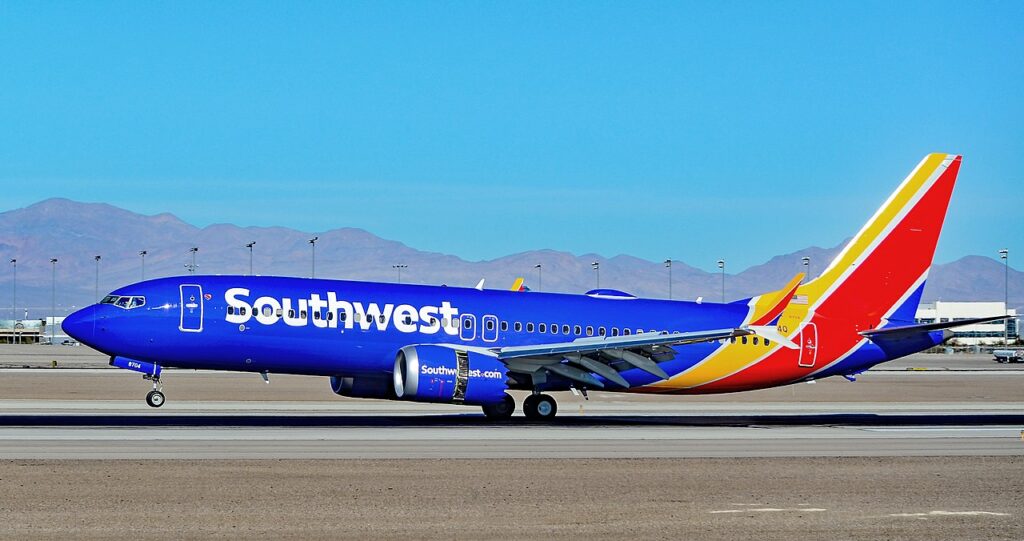
Southwest Airlines currently owns the largest fleet of Boeing 737 MAX airframes among U.S. based carriers. During their second-quarter earnings announcement, airline CEO Gary Kelly said they were optimistic to start flying the 737 MAX by the end of 2020.
Where Does the 737 MAX Go From Here?
With comments closed on the Regulations.gov docket, the FAA will now review all the comments, including the 10 from stakeholders submitted among the over 200. The agency has not issued any timeline for that review, nor have they announced when they would make an announcement.
Yet, based on indicators from both American and Southwest Airlines, it’s expected that the 737 MAX will be recertified by the end of 2020 – whether the public is ready or not.


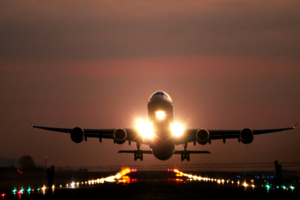

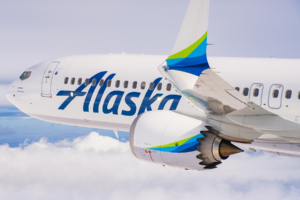






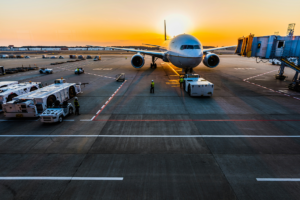









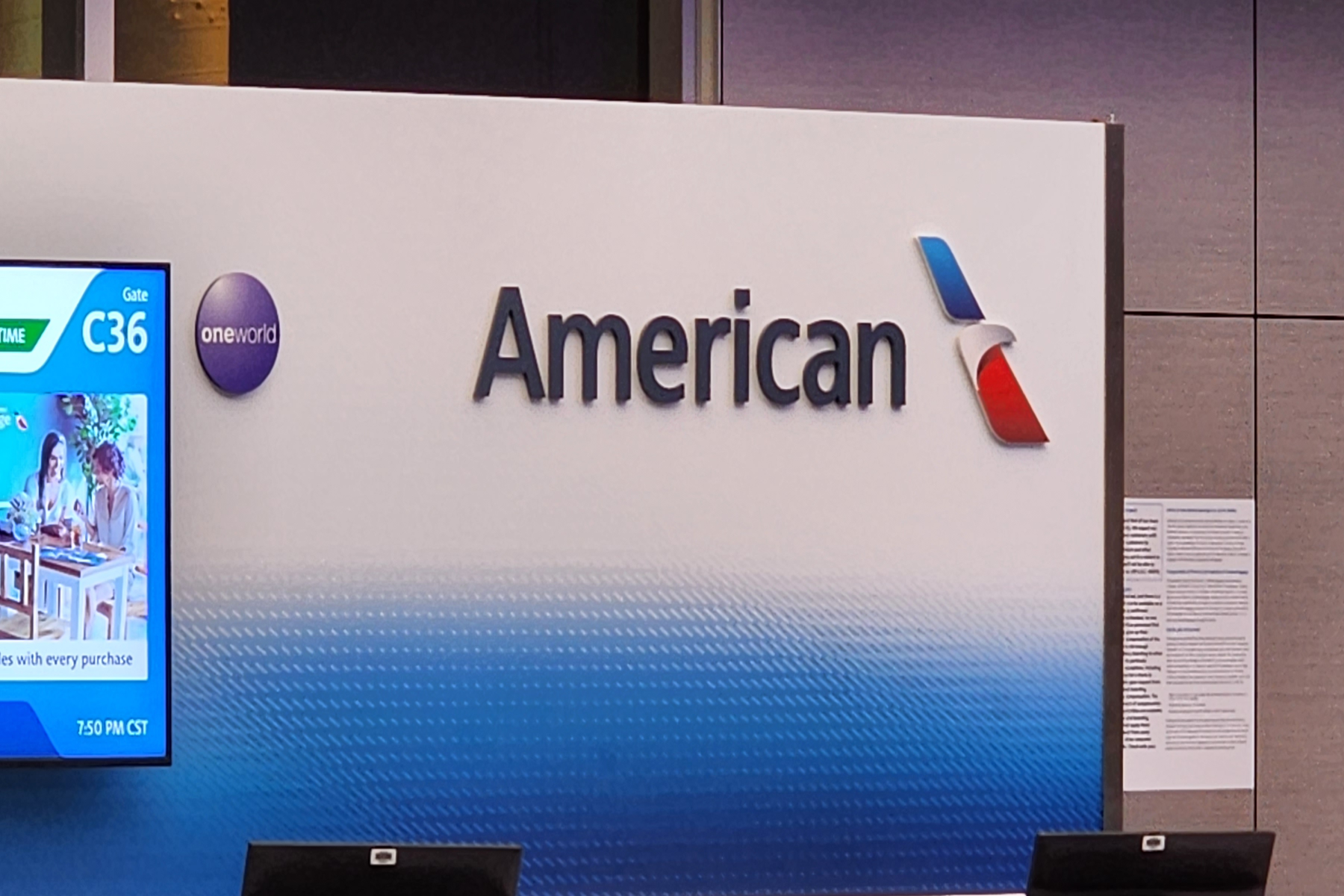



What many are forgetting is that there has been a number of planes in the past that had issues some very serious in their early stages of flying. And while Delta Flyer 123 had the wrong model he was still correct in his opinion no reason to jump him. Does anyone remember the AB that crashed on takeoff roll out of JFK vertical stab broke off? Flawed carbon fiber and that killed a couple of hundred people. Notwithstanding that and granted BA still needs to be taken out to the wood shed for pushing the envelope and not paying any attention to it thus putting profits over safety the MAX will end up in life as a star. Also I hate to mention this but SW which was flying these their cockpit crews at least publicly never reported an issue nor did the other US airlines, training perhaps as pilots, many ex military ? Long discussion there.
Still never setting foot/paw/pedipalp on one of these death cabs.
Regulatory capture at its finest.
As long as Boeing executives continue to receive their fat paychecks, then all is right with the world.
It is one thing to say MCAS was to aid Pilots control of the 737Max, a more sophisticated auto pilot or recovery software flying aid Or is MCAS requires because the way the 737Max was designed it is an aerodynamic fact that the engine position and thrust to plane wing and control surfaces result in capability to put the plane in a position of being unrecoverable that requires software intervention at the envelope flight corners for active intervention as a default? If the later than simply not acceptable to certify the plane regardless of how good the new MCAS is and how much money is at stake or already committed. No amount of human life is worth that. Let the airlines and Boeing suffer this and be a lesson that you do things right, there never should be a shortcut that directly compromises peoples lives knowingly.